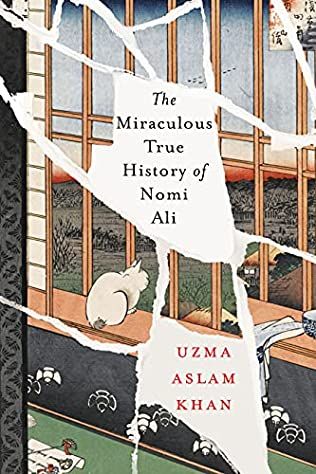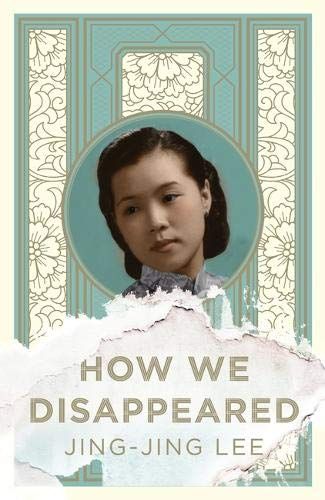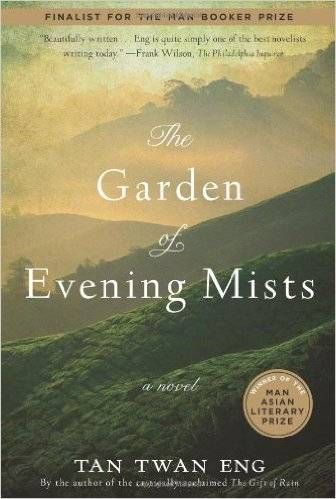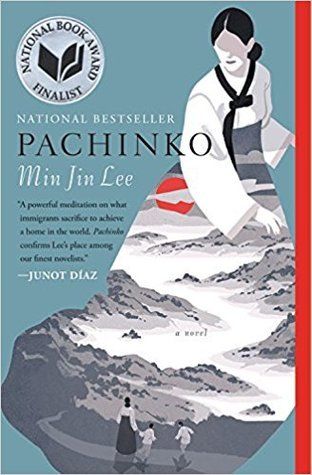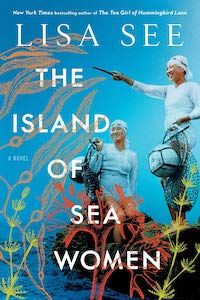I have written about how historical settings have become increasingly common in acclaimed works of fiction, and the place of war stories therein. Within the corpus of historical fiction about World War II, there are books that try to unpack the trauma of civilian experiences in Asia during this period, providing an enlightening and liberating glimpse into stories of individual lives that added up to the momentous change that some of these regions witnessed after the war. As we continue to grapple with the consequences of colonialism and war, even as we see new wars unfold around us in the present day, these books offer an important opportunity for introspection and for understanding our roots. When read together, they also help us find shared threads and reverberating themes in our histories, which enable us to place our understanding in the broader context of the world.
Recommended Reading: Historical Fiction Books About World War II in Asia
Content warning: All the books I talk about here explore the horrors of war, and reading about war is difficult. The books contain discussions of violence, including violence against women and children, sexual assault, and death.
A poor daily wage laborer from Singapore in Jing-Jing Lee’s How We Disappeared is confident of the British colonial government’s ability to defend the people from Japanese bombing, even as colonial rule destroyed lives and livelihoods. A rich Chinese rubber planter in Malaysia in The Garden of Evening Mists by Tan Twan Eng also fails to fathom the gravity of the situation until it is too late to protect his family. In The Miraculous True History of Nomi Ali, the British authorities on the Indian Andaman islands carry on with the daily torture of the prisoners in the cellular jail and the lavish parties on Ross Island, even as war raged around them. When war finally reaches these places, the colonizers are evacuated — the British from Singapore and Andaman, or the Dutch from Indonesia in Eka Kurniawan’s Beauty is a Wound.
These books also depict the divisions of class, ethnicity, caste, and creed that divided — and still divide — Asian societies. Wang Di talks of the hardships of workers in rubber plantations who are paid a pittance for back-breaking work, while the affluent main characters of The Garden of Evening Mists only see rubber tappers with casual condescension and as collaborators of Communist Terrorists. In A Miraculous True History of Nomi Ali, the penal colony on the Andaman Islands is sustained by a complicated and dynamic pecking order of oppression. These stories warn us of the destructive power of division, but also celebrate the kindness and empathy that can be found once they are overcome. The characters in these are sustained in times of extreme adversities by unlikely friendships, strong family bonds, and unexpected acts of kindness.
The experiences of the subjects of western colonial empires in Asia in global conflicts have been shaped by colonialism. Even though colonial exploitation has molded the histories of many Asian countries and has had an active role in the genesis of conflicts they are still grappling with, countries with colonizing pasts are still largely unapologetic. Historical fiction books can provide an empathetic lens for the privileged to examine the source of their privilege and its historical human costs.
As fellow Rioter, Ann-Marie Cahill, points out in the context of the First World War, there is never a good time to read about war. But in order to understand our present, we must engage with the momentous events of our past in all their complexities and provide a space for diverse voices to be heard.
